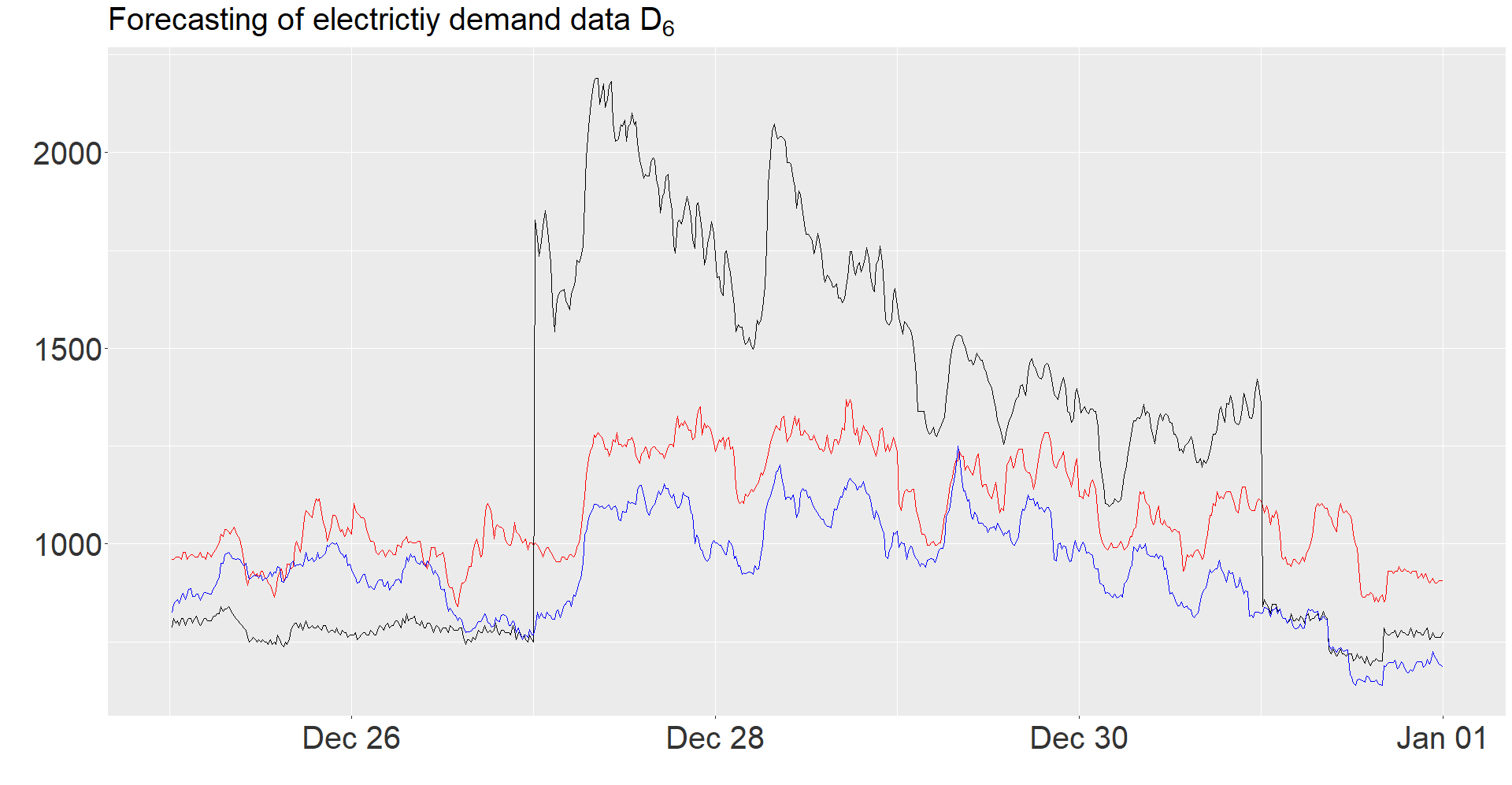Germany will probably consume around ten percent more electricity in 2030 than previously assumed – announced the Federal Ministry of Economics in July 2021. Energy forecasts provide an idea of the future development of energy supply so that better planning can be made. The forecasts are created with the help of mathematical models that depict complex relationships as realistically as possible.
In the AGENS project, which is funded by the German Federal Ministry of Education and Research (BMBF), we are developing smart forecasting models together with partners from industry and research. The basis of this: Using the latest mathematical methods based on neural networks (NN), the algorithms are able to predict overall complexity based on large amounts of data.
In the electricity market in particular, there are crucial uncertainty factors in the correct forecasting of energy demand, because it depends on the feed-in from renewable energy sources, which fluctuate greatly from season to season – wind and solar energy are dependent on the weather. Together with classic thermal power plants, they supply the electricity in Germany.
To ensure that energy demand can be met, energy companies (balancing group managers, or BKVs for short) must submit a forecast of energy demand and generation for the coming day in their area of responsibility. This is transmitted to the associated network operator with quarter-hour accuracy in order to ensure network stability. This means that the better the models and forecasts, the better the companies can plan.

